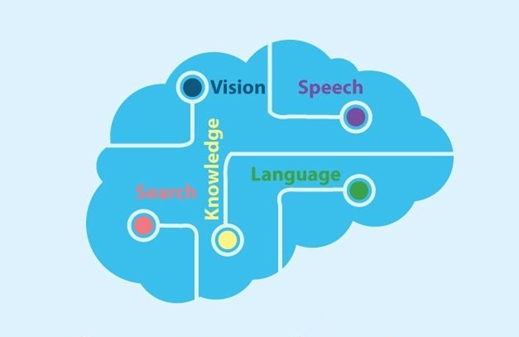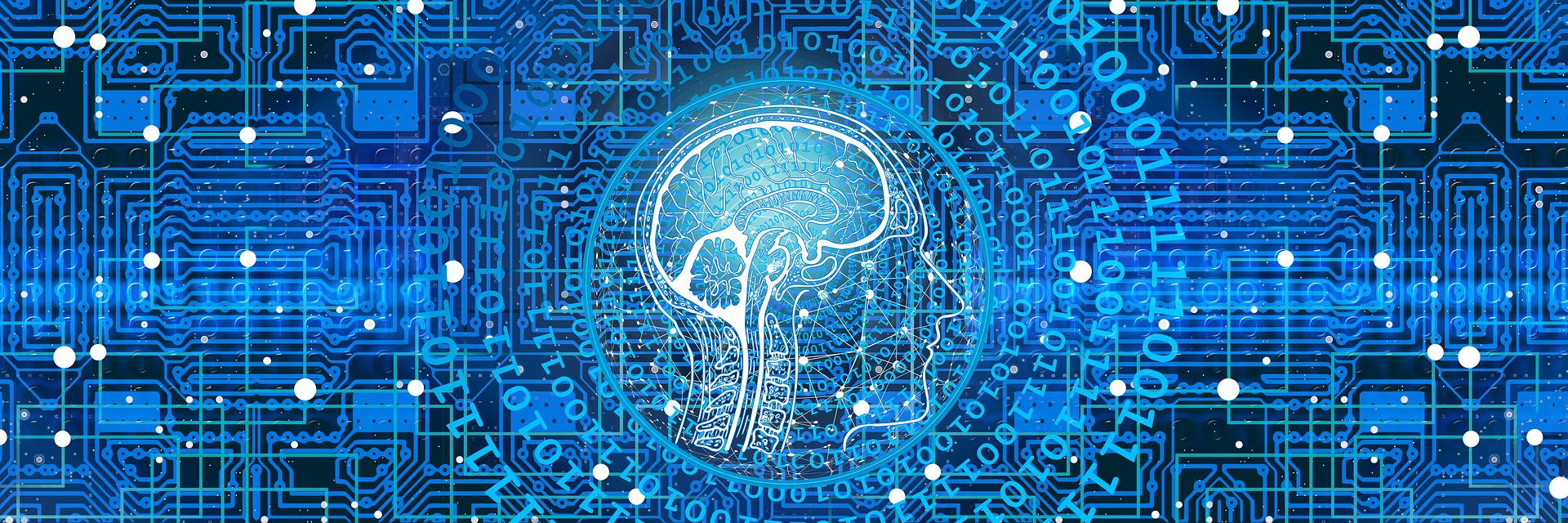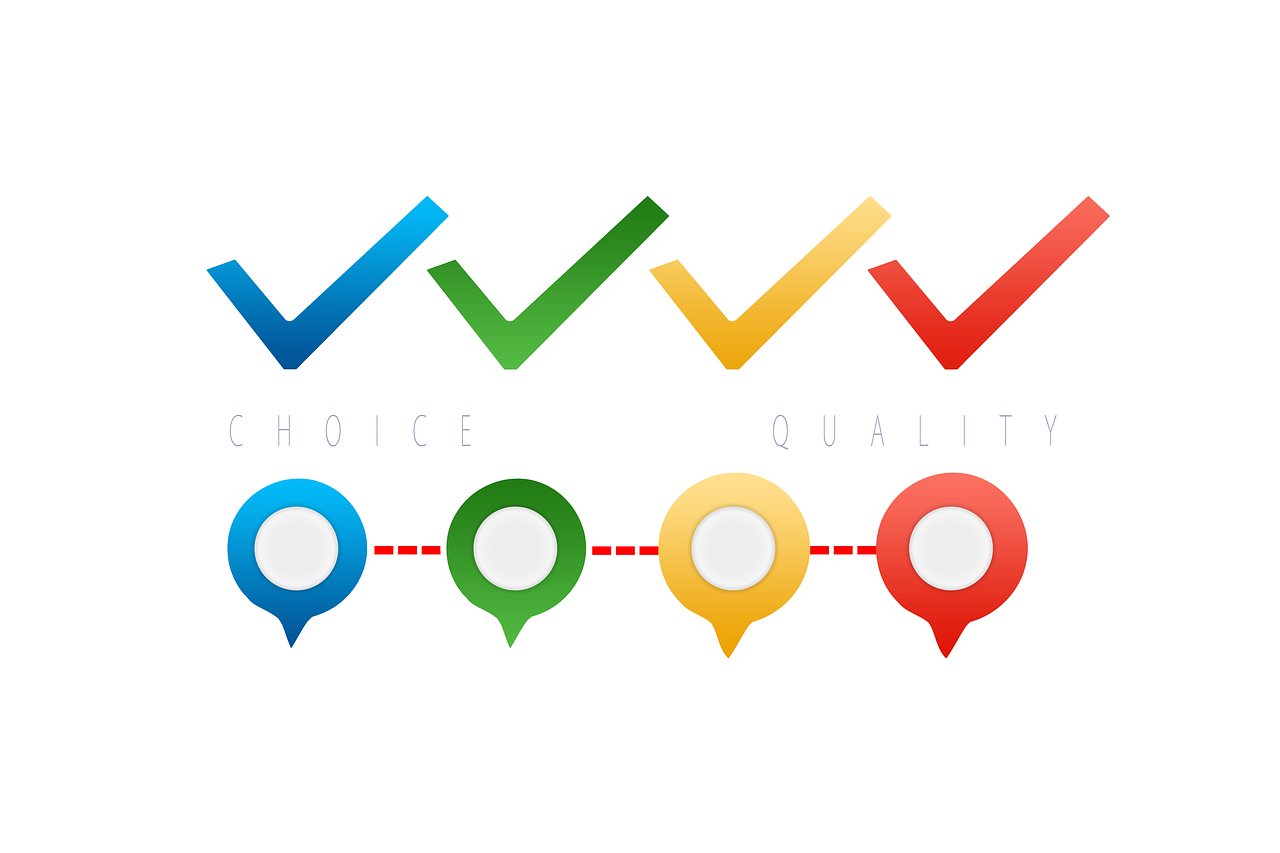Understanding the concept of Artificial Intelligence #AI
Get on board with the revolutionary digital transformation that everyone is talking about - Artificial Intelligence #AI. In this post we will try to bring this subject closer to the end users by explaining what is #AI and the different concepts that #AI is based on.
There are wide range of Artificial Intelligence applications across various fields and industries, our goal with the next couple blog posts is to focus on Azure AI services and Power Platform AI.
Let’s first start with a simple answer on the question “What is #AI?”
“#AI is creation of software that is imitating human behavior and capabilities.”

The heart of #AI is known as Machine Learning, which empowers machines to learn from data and improve their performance over time, without explicit programming. Beyond this foundational concept, the #AI landscape encompasses an array of specialized techniques that have brought us capabilities like anomaly detection, computer vision, natural language processing, and knowledge mining.
In this exploration, we delve into each of these key workloads:
-
Machine learning;
-
Anomaly detection;
-
Computer vision;
-
Natural language processing;
-
Knowledge mining;
Lets understand now the definition of these workloads:
-
Machine Learning:
Machine Learning is the driving force behind the #AI revolution. It is a dynamic approach that empowers machines to recognize patterns, make predictions, and improve their performance based on the data they encounter. By leveraging algorithms and statistical models, machines can autonomously learn from examples and refine their behavior over time.
-
Anomaly Detection:
Anomaly detection is where the focus is on identifying patterns that deviate significantly from the norm. By employing statistical techniques and machine learning algorithms, anomaly detection systems can spot rare events or outliers in data. Systems that use anomaly detection can learn to distinguish between regular and abnormal patterns, enhancing our ability to preempt potential threats and anomalies that might otherwise go unnoticed.
-
Computer Vision:
Computer Vision grants machines the ability to interpret and understand visual information from the world, much like the human visual system. By analyzing images and videos, computer vision algorithms can recognize objects, detect text on image, faces, gauge emotions, and even assess complex scenes.
-
Natural Language Processing (NLP):
Natural Language Processing enables machines to understand, interpret, and generate human language. Through the incorporation of linguistics, machine learning, and AI, NLP has brought to life technologies like language translation, sentiment analysis, chatbots, and voice assistants.
-
Knowledge Mining:
Knowledge Mining is the process of extracting valuable insights, patterns, and information from unstructured data sources like text documents, images, and videos. This empowers businesses with enhanced decision-making capabilities, accelerates research, and transforms unstructured information into a strategic asset.
These concepts are the pillars that Microsoft has taken advantage of when building the #AI services provided in Azure and Power Platform. In the next few blogs, we’ll continue by diving into those services and how to take advantage of their potential to augment human capabilities, drive efficiency, and reshape the boundaries of what we once deemed possible.
Thank you for reading this article. I hope you like it and see it useful for your organization or implementation. If you have any questions or suggestions, please do not hesitate to contact us.


